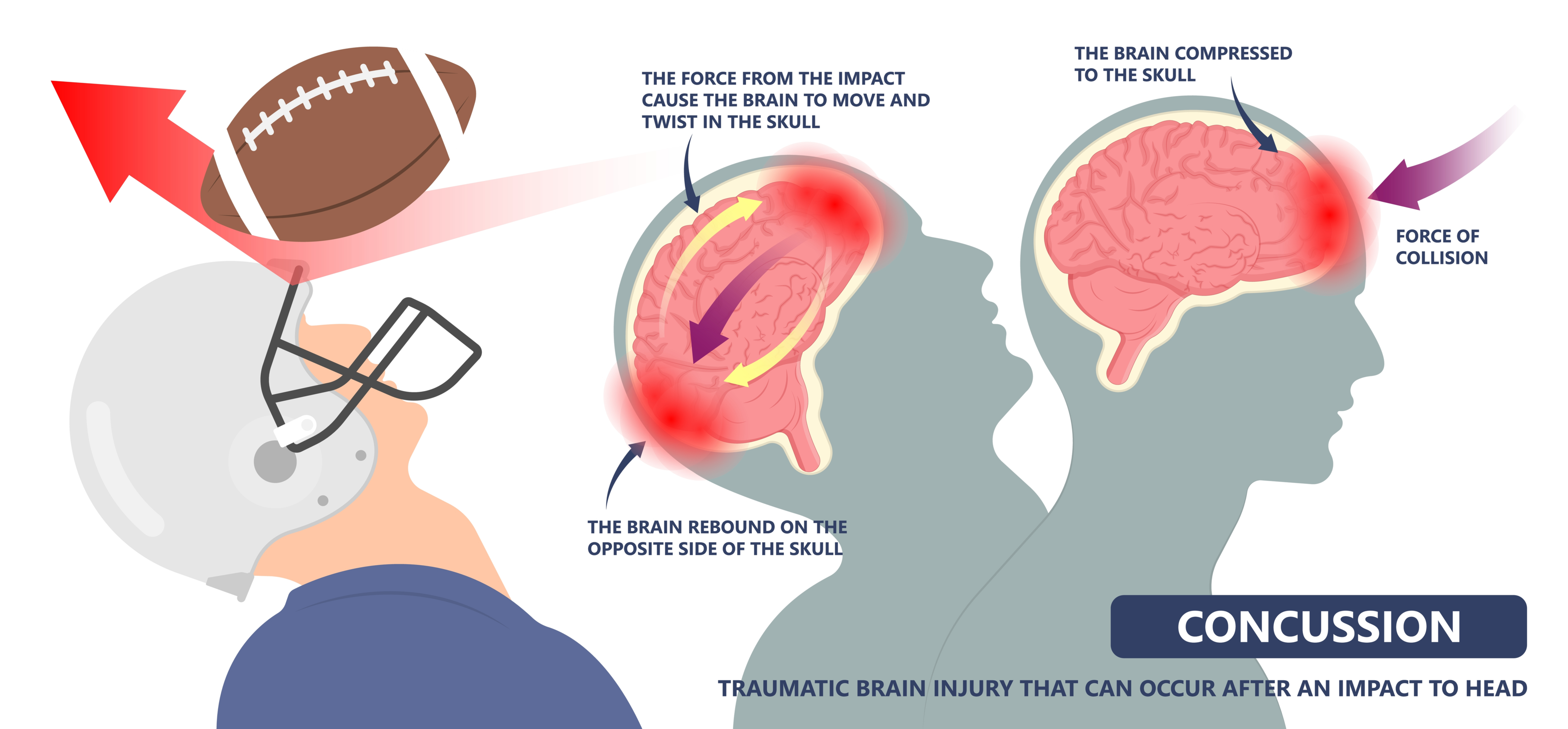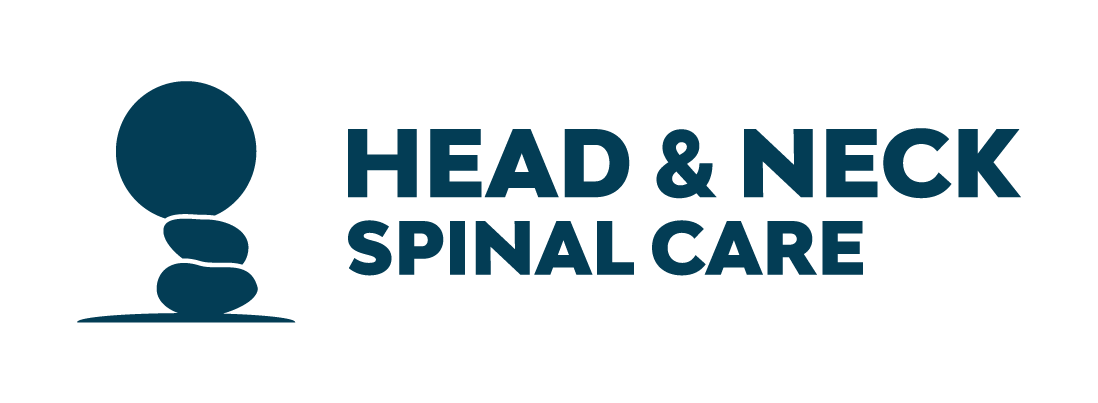Post Concussion Syndrome

Neck injuries are inevitable when you sustain a trauma.
Whether you’re in a car accident, sports injury, fall, or experience a bump to the head, your body can suffer significant impact. This force is transferred to your skeletal frame, causing the head and neck to rapidly accelerate and decelerate. As a result, the upper neck may experience a significant amount of force, even if the damage to the vehicle or surrounding environment is minimal. It’s essential to seek medical attention after any impact to ensure proper diagnosis and treatment of any resulting injuries.
When the head sustains a direct blow, it’s important to consider the possibility of a concussion. Research indicates that a true concussion (mTBI) typically requires around 60 G’s of force, whereas injury to the upper cervical spine can occur with as little as 4.5 G’s of force. If you’ve suffered a brain injury, it’s likely that your neck has also been affected. Without proper evaluation of head and neck alignment, communication between the brain and various parts of the body may be disrupted, potentially leading to a range of health issues.
Manage symptoms with upper cervical specific care.
Following an impact, individuals may experience various health problems, such as headaches, confusion, neck and shoulder pain, and tingling sensations in the limbs. Other common symptoms include blurred vision, tinnitus, nausea, and loss of balance.
These issues can be related to misalignment of the upper cervical spine, which impacts the integrity of the nervous system. Upper cervical care focuses on precisely aligning the head and neck to restore proper nervous system function, leading to improved spine health and stability.


